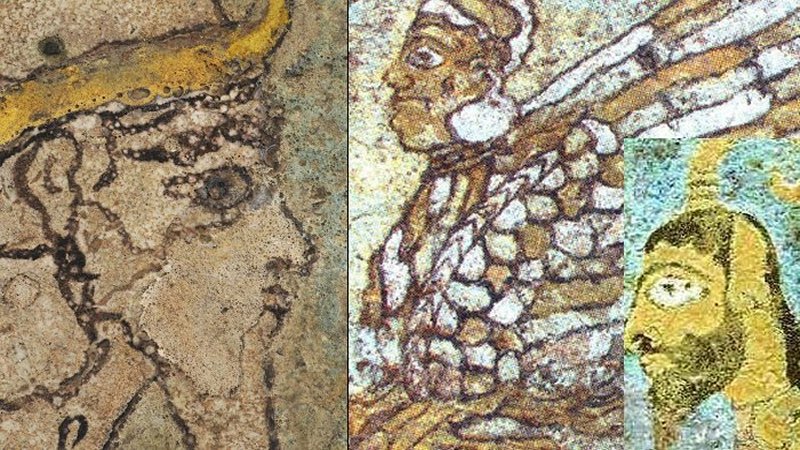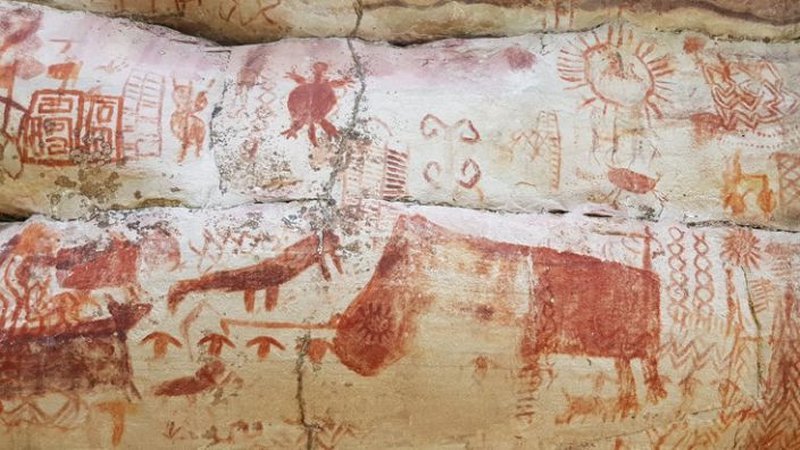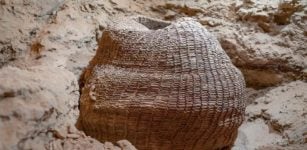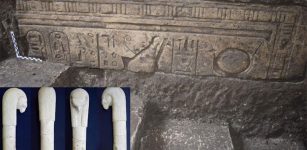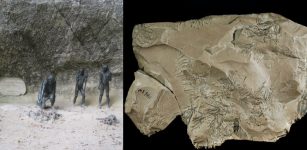Archaeologists Discover Jerusalem Is Much Older Than Previously Thought
MessageToEagle.com – Archaeologists have unearthed the oldest known remains of an ancient settlement on the site of modern-day Jerusalem, dating back some 7,000 years.
The finds were uncovered during excavations carried out prior to the laying of a new road in the Shuafat neighborhood in northeastern Jerusalem.
The discovery offer evidence that that the settlement existed even longer than previously thought. The houses showed various stages of building, indicating that they had been in use for centuries.
It had had been widely assumed that the Jerusalem area had been inhabited for 4,000 or 5,000 years.
The homes and artifacts were found by the Israel Antiquities Authority.
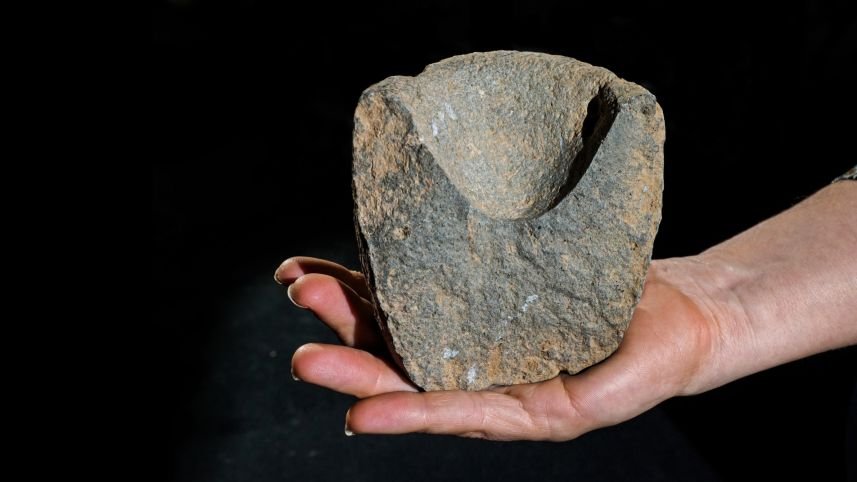
Lurking just a meter below the surface of the ground, the archaeologists discovered walls, still standing up to a level of five stones, as well as pottery sherds, flint tools, gemstone beads and much more.
Experts have dated the finds to 5,000 BCE, the beginning of the Chalcolithic era, also known as the Copper Age. During the period, which stretches back to 3,000 BCE, man started using copper tools for the first time, a revolutionary advancement from the stone tools previously used.
According to Dr. Omri Barzilai, head of the IAA’s Prehistory Branch, the findings are the oldest proof of human settlement in the Jerusalem area.
“The Chalcolithic period is known in the Negev, the coastal plain, the Galilee and the Golan, but is almost completely absent in the Judean Hills and Jerusalem,” Barzilai said in a statement. “Although in recent years we have discovered a few traces of Chalcolithic settlements, such as those at Abu Gosh, Motza Junction, and the Holyland compound in Jerusalem, they have been extremely sparse. Now, for the first time, we have discovered significant remains from 7,000 years ago.”
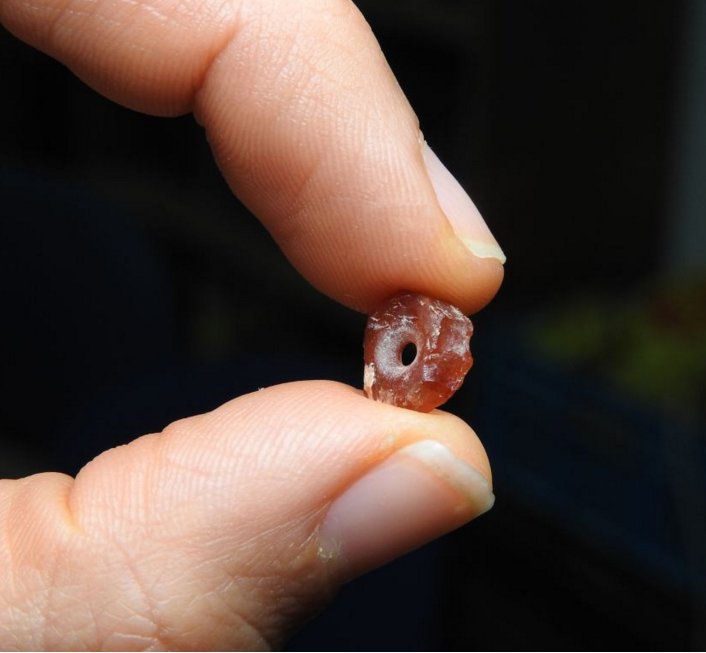
The remains predate previously found evidence of human settlement in the area by up to 2,000 years. Before the latest discovery, it was thought that the area was first settled in the early Bronze Age, from around 3,000–2,800 BCE.
Ronit Lupo, director of excavations for the IAA, said the discovery, which includes complicated architectural structures and a range of different tools, points to a thriving population in the area.
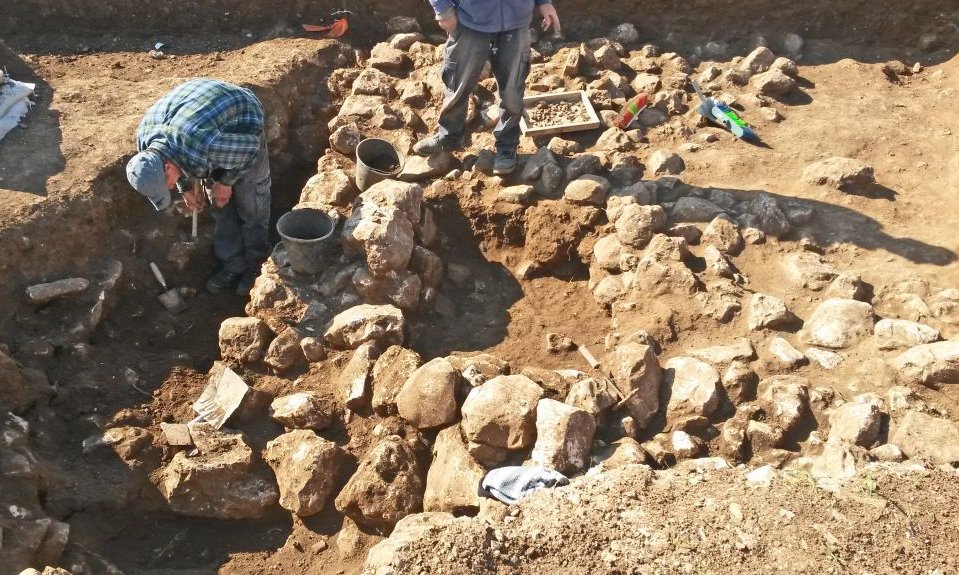
“This discovery represents a highly significant addition to our research of the city and the vicinity,” she said.
See also:
2,000-Year-Old Ruins In Mary Magdalene’s Town Of Magdala On The Shore Of The Sea Of Galilee
“Apart from the pottery, the fascinating flint finds attest to the livelihood of the local population in prehistoric times: Small sickle blades for harvesting cereal crops, chisels and polished axes for building, borers and awls, and even a bead made of carnelian (a gemstone), indicating that jewelry was either made or imported,” Lupo added.
“The grinding tools, mortars and pestles, like the basalt bowl, attest to technological skills as well as to the kinds of crafts practiced in the local community.”
MessageToEagle.com
Source:




